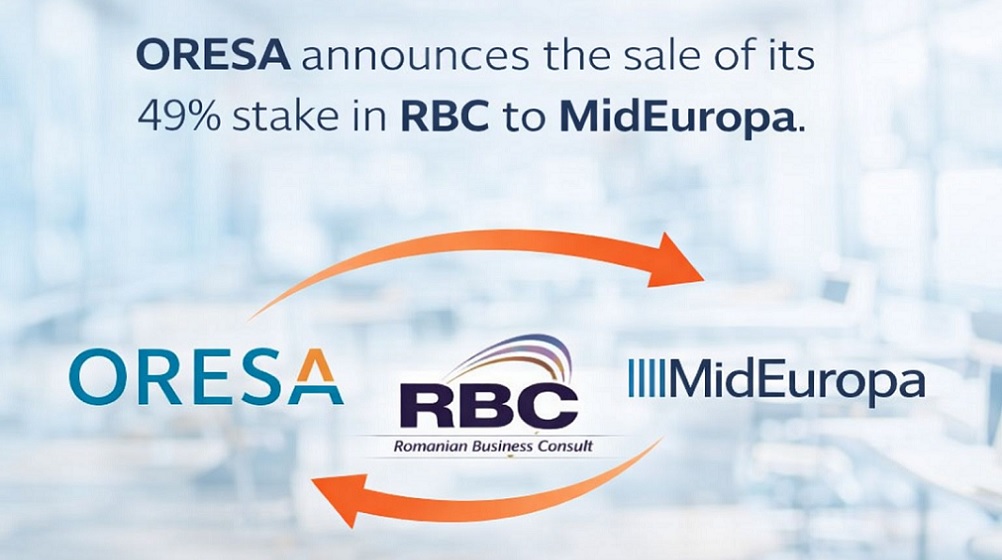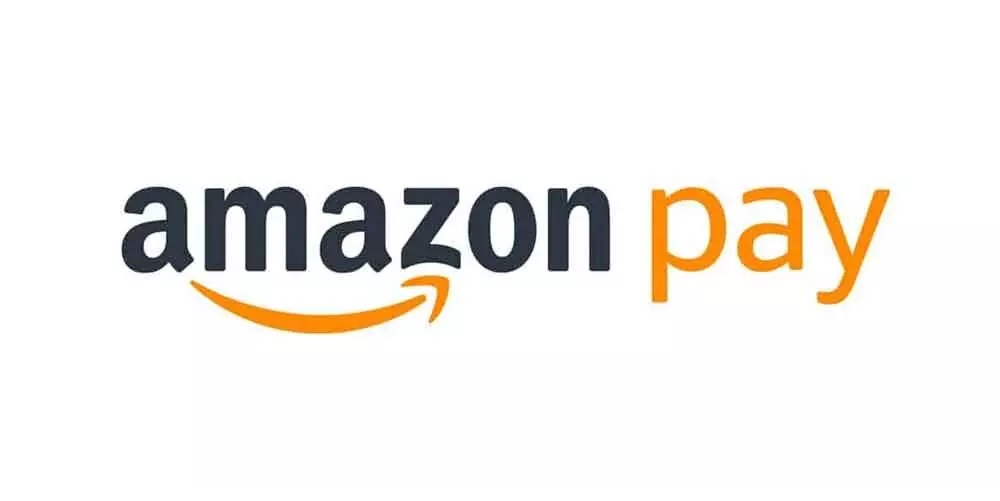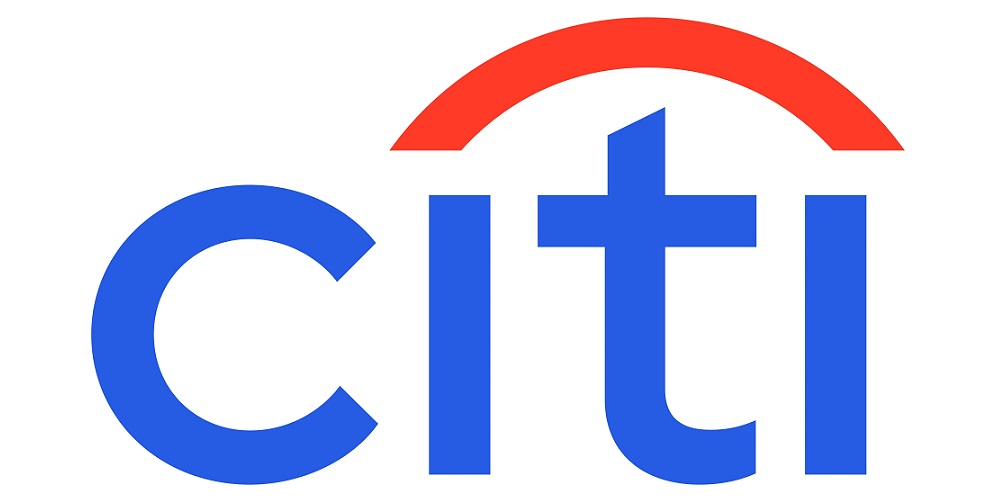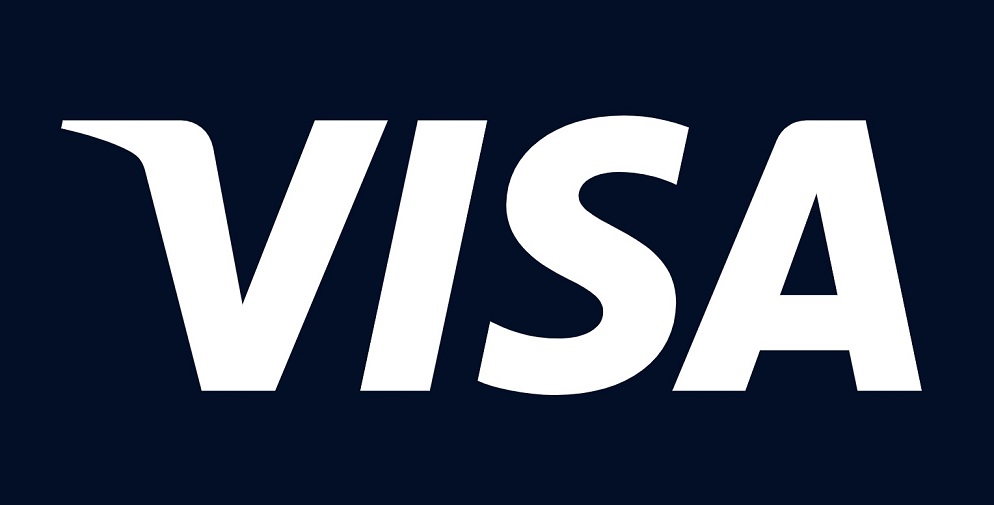Banking is losing its traditional advantages. The successful bank of the future will be defined as a network of platforms.

Banking is radically transforming. The new era of banking will arrive after a period of complex, confusing evolution.
By Balázs Czímer, Miklós Dietz, Valéria László, and Joydeep Sengupta
The banking sector is at a turning point. Key measures for banks are at a historical low point. The sector’s price-to-book value has fallen to less than one-third the value of other industries. That gap is less the result of current profitability and more about uncertain profit growth in the future. While banks have pushed for great improvements recently, margins are shrinking—down more than 25 percent in the past 15 years and expected to fall to 30 percent, another 20 percent decrease, in the next decade.
Banking is losing its traditional advantages
Until recently, big banks drove profits and growth by applying synergies, economies of scale, and access to huge pools of capital. This massive industry already manages an estimated $370 trillion in worldwide assets, and its growth is accelerating. We project that global assets will grow to between $500 trillion and $550 trillion in the next decade.
While traditional banks have been convenient one-stop shops for businesses and consumers, many haven’t evolved their products in a way that matches the tech-driven pace of change in other industries. Products such as checking accounts, loans, and even corporate advisory can seem undifferentiated. And people increasingly feel frustrated by the financial fragmentation that banks have imposed on many consumer processes. For instance, buying a home once required navigating a confusing world of disconnected real-estate brokers, mortgage lenders, insurance companies, lawyers, renovation contractors, and so on. Our grandparents tolerated those frustrations, but they also used pay phones. There were no other options. Today, we are awash in new ways to reach and connect with consumers. Banks need to identify and engage these customers—as their newer competitors are doing.
To compete, most banks will have to embrace cross-industrial platforms. These new platforms dismantle the barriers between traditional industries, reshaping customer behavior and turning formerly linear value chains into ecosystems that fulfill customer needs in new ways. The process has already reached critical mass in industries such as healthcare, media, music, and retail, where diverse players are connected by platforms created by global leading companies that have been amply rewarded by the global capital markets. In contrast, banks have been consistently undervalued by the capital markets, making banking the lowest-valued sector in the world in 2021.2
Because of cross-industrial “platformization,” banks must now compete with any organization that has the capacity and desire to offer any kind of financial services. Global tech giants such as Google and Tencent have used their platforms to offer banking services seamlessly to their millions of customers. But new competition is booming exponentially around the world.
Tech advances have eliminated size as an advantage in providing excellent services, winning customer loyalty, aggregating and analyzing data, and building networks of capital. Roughly 200 digital banks have launched since 2015, as have new brokerages such as Robinhood, wealth-advisory services such as Betterment, alternate investment banking paths such as special-purpose acquisition companies, payment platforms, and start-up capital platforms such as SeedInvest Technology.
The new competitors have raised the bar on customer expectations. Both individual and organizational customers now seek a long list of attributes from their financial-service providers. Surveys show that these desires include high levels of personalization, zero friction, and a commitment to social and environmental impact.3 The markets believe that the newcomers can meet their customers’ demands. As of September 2022, there were at least 274 fintech companies with a unicorn valuation of more than $1 billion, up from just 25 in 2017. Collectively, they have a market value of more than $1 trillion.
Many traditional banks, on the other hand, face stagnant or decreased revenue and profits. The average global banking ROE was around 9.5 percent in 2021—a significant recovery from 6 percent in 2020, but a sharp decline from 15 percent prior to the 2008 crisis. By 2030, we project that it will fall below 7.2 percent.
These falling margins are contributing in turn to weaker stock market valuations. Banking stocks trade at an accelerating discount to other industries—from a 15 percent discount in 2000 to a 70 percent discount in 2022. This means that global investors are voting with trillions of dollars against the future profitability and sustainability of the existing business model of universal banks.
Competitive arenas and business models are emerging in banking
The era when all financial services were dominated by monolithic banking entities is over. What, then, will arise to take its place? We believe that the future of banking will be contested by banks and nonbanks in five cross-industry competitive arenas: everyday banking, investment advisory, complex financing, mass wholesale intermediation, and banking as a service (BaaS).
While these arenas encompass the products and services provided by banks today, they will be redefined and reinvented by different customer needs. This new competitive landscape has transformative potential. In the next decade, revenues for all these arenas could grow dramatically, by as much as three to 30 times.
In each of the five arenas, we see the potential for at least two platform business models. These ten platforms aren’t theoretical models. They are trends that we already see in progress among organizations that are winning better valuations in the capital markets.
Everyday banking
Everyday banking encompasses day-to-day financial services, such as checking and savings accounts, credit cards, personal loans, payment processing, and lines of credit on the traditional-banking side, for individuals and for small and medium-size enterprises (SMEs). This arena will also include e-commerce ecosystems, loyalty programs, discounts, advertising, and peer-to-peer marketplaces—making banking not a chore or obligation but something easy and even enjoyable (see sidebar “A full-fledged e-commerce bank: Kaspi Bank”). For SMEs, it will include tools to help organizations manage their finances.
The common thread of all these services is that customers want them to be hassle free, reliable, highly automated, and inexpensive in their day-to-day life (see sidebar “A multipronged approach: Royal Bank of Canada”). The ultimate goal for everyday banking is invisibility—offering services that are cheap and easy and accessible through all channels via business models such as the following:
- Commerce marketplace specialist (CMS). Specializing as a commerce marketplace offers everyday banking for individuals and many nonbanking services via a marketplace platform (see sidebar “Commerce marketplace specialist: From WeChat to WeBank”). It can be a single access point for anything from consumer goods and electronics to home-cleaning services and movie tickets, all connected to bank accounts, or niche solutions embedded into selected specialized journeys. A CMS uses automation and personalization to make everything simple—online, offline, and eventually in the metaverse. It will have to compete with the generalist and specialist e-commerce platforms of tomorrow.
- Business gateway provider. Serving as a gateway provider offers everyday banking for SMEs via an integrated online portal, aggregating services that facilitate payments, cash flow financing, accounting, taxes, and so on. It allows organizations to focus on their core activities by automating many of the basic activities of running a business.
A business gateway provider will compete with online accounting platforms, software companies, and even telcos for the small-business service ecosystem.
Investment advisory
Investment advisory is the arena to provide investment and insurance products for all kinds of customers, from young people just starting to build wealth to older people who need sophisticated investments and protection to institutions. This includes financial planning, brokerages, trusts, retirement plans, and many kinds of insurance. People crave tailored advice and trust-based relationships that make them feel understood, even when dealing with virtual advisers online.
On the business side, this arena comprises the advisory aspects of investment banking and other financial-advice services. The goal for investment advisory is superb personalization—blending the human touch with digital efficiency through business models such as the following:
- Personal wealth and health guardian. Guarding personal wealth and health means offering investment and personal-protection advice in the broadest sense, including health insurance, virtual care, and life insurance. It features a blend of human experts and highly personalized AI that can guide customers through a broad range of investment and protection options. Imagine a retirement plan, aid in college savings, and protection against surprise medical costs—just a few of the services a guardian provides.
- B2B advisory boutique. Serving as a specialist in B2B advising means offering tailored investment advice for corporate customers, with high-level expertise in specialties such as asset management and debt options.
Complex financing
Complex financing is the arena for individual and business services that require more sophistication than everyday banking. Examples include mortgages, home equity loans, car loans, and start-up loans. Such services are complex because many kinds of players are part of each ecosystem.
While familiar, these products and services are used less frequently than others, but they have a big impact on the customer. For instance, getting a mortgage is just one aspect of buying a home, which requires navigating a maze of real-estate brokers, lenders, insurers, attorneys, and other professionals. Consumers crave a trusted expert to help them get through that maze and simplify it, weaving it into a single touchpoint.
The end goal for complex financing is journey integration—making these processes convenient, efficient, fast, and low cost yet also as personalized as possible from start to finish via business models such as the following:
- Real-estate-journey orchestrator. Serving as an orchestrator of the real-estate journey means handling the complex process of buying, renting, operating, and selling real estate for both individuals and companies and coordinating across mortgages, insurance, utilities, and maintenance with seamless integration. The orchestrator can compete to become the end-to-end “concierge,” integrating mortgages or rents and all other services into a subscription model.
- Equipment and vehicle marketplace specialist. Specializing in the equipment and vehicle marketplace means providing complex financing of cars, trucks, and industrial equipment for individuals and businesses. It can create marketplaces for these high-price goods and support a customer’s journey from selection to financing, insurance, maintenance, and resale.
Mass wholesale intermediation
Mass wholesale intermediation is the corporate-focused arena. It’s a combination of expertise and new, efficient systems. It includes corporate finance, cash management, portfolio management, M&A advisory, equity and debt financing, and other traditional investment banking offerings. The ultimate goal for mass wholesale intermediation is extreme efficiency—and know-how—which banks can pursue through business models such as the following:
- Automated trading and funding marketplace. Serving as an automated marketplace means offering mass wholesale products and services for corporate customers. This model automates large marketplaces of liquid capital via superefficient, frictionless, low-cost platforms, including “tokenization” through smart contracts.
- Integrated enterprise services platform. Serving as an integrated platform means offering corporate customers deep integration with enterprise systems such as SAP. The platform can personalize and coordinate services such as accounting, commodity trading, and enterprise resource planning.
Banking as a service
BaaS is the only arena that’s not customer facing. BaaS providers create highly efficient tech and infrastructure platforms, which they can license to customer-facing organizations. Some will offer credit to nonfinancial institutions, enabling them to act as banks; and some will bolster the balance sheets of existing financial institutions. The goal for BaaS is utility—giving clients robust, secure, and efficient services and liquidity through business models such as the following:
- BaaS utility provider. Providing BaaS utilities is the same kind of relationship that an anonymous food company has with companies such as Costco or Target, creating white-label products for retailers to market under their own brands. BaaS can provide regulatory know-how and back-office services, such as customer service, documentation, and HR.
- BaaS balance sheet provider. Providing BaaS balance sheets gives both banks and nonbanks access to distinct pools of capital and offers asset liability management and regulatory-required licensing for nonbanks. By bolstering the balance sheets of banks’ customers, this kind of BaaS greatly reduces their need to keep raising capital.
The next phase of banking for incumbents, challengers, and the rest of us
The successful bank of the future will be defined as a network of platforms. Few banks will capture all of the ten platform opportunities described in this article in their regions, but many will participate in multiple platforms. Given the platforms’ enormous value creation scale, getting even one right can unlock tremendous value for shareholders and broader stakeholders alike. But success will come to only those banks willing to move beyond their traditional operating models. Banks should be prepared to evolve through multiple stages on their way to becoming a platform network.
This vision of the coming shakeout may seem daunting. But the challenges are manageable taken one step at a time. The first and most important step is to commit to adapting as soon as possible. Banks and nonbanks that begin to transform themselves now will have a huge advantage over competitors that become paralyzed with indecision and confusion.
The good news is that there’s still enough time for most financial institutions to transform their business models. Additionally, the capital markets are likely to be very supportive in valuing those transformations over the next five to ten years.
For incumbent, universal banks, the key steps will look something like the following:
- Decide which arenas and business models to focus on, based on your strengths.
- Start to align your organizational resources—especially tech talent—for the coming shifts.
- Start to develop and test your platform business models.
- Redefine your purpose (including your environmental, social, and governance impact) to build stronger bonds with your customers and talent.
- Build a more entrepreneurial culture by protecting your experimental projects from conservative pressures within the organization—and give management incentive to succeed.
For challengers looking to exploit a tech edge as a way of entering banking, the first step is to analyze which arenas offer maximum advantage based on that edge and which platform-based business model makes most sense. These organizations will have the advantage of not being tied to the old standards and practices of traditional financial services. But they need to be mindful that this advantage doesn’t guarantee success, even for companies with cutting-edge innovations.
To be clear, this transformation will take time, but leaders who move fast, stay ahead of the curve, and remain patient can break out of today’s stagnant growth trajectory and put themselves on a strong valuation path. Many banks already are moving forward and getting recognition from the market. We believe that as more and more banks embrace this kind of transformation, the market will see the change, recognize the increasing potential, and view the industry as one with a bright future.
More details here – The future of banks: A $20 trillion breakup opportunity
Dariusz Mazurkiewicz – CEO at BLIK Polish Payment Standard
Banking 4.0 – „how was the experience for you”
„To be honest I think that Sinaia, your conference, is much better then Davos.”
Many more interesting quotes in the video below:










